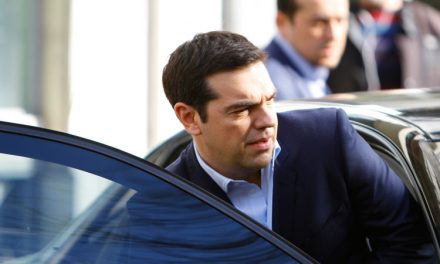Greece is no stranger to domestic terrorism. But the manner of Mr Giolias’s assassination is not typical of domestic terrorist organisations. Violent Greek groups have tended to target prominent figures rather than middle-ranking journalists. You have to go back 25 years to find the last prominent member of the news media to fall victim to terrorist attack. In 1985 the 17 November group, then the country’s main terrrorist organisation, assassinated Nikos Momferatos, a publisher.
Between 1975 and 2000 17 November was responsible for more than 20 assassinations, mainly leading businesspeople, politicians and officials of foreign governments (mainly the US and Britain). Greek authorities dismantled the group in 2002, but its demise was followed by the rise of Epanastatikos Agonas (“Revolutionary Struggle”), thought to be linked to 17 November but not possessing the former’s operational capacity or rigorous ideological doctrine. (Greek authorities also claim to have dismantled this group.)
Since December 2008, when Athens was shaken by nearly three weeks of rioting, two new Greek terrorist groups have emerged: the Conspiracy Nuclei of Fire and the Sect of Revolutionaries, which between them have claimed responsibility for most of the post-2008 terrorist activity in the country. They have killed fewer people than their predecessors but have struck more frequently. Their literature is less ideological than that of 17 November or Revolutionary Struggle; in place of dense Marxist diatribe comes stark language wearing the cloak of an anarchical militarist doctrine.
Police believe today’s assassination was carried out by the Sect of Revolutionaries. If they are right it will be further evidence that the new generation of Greek terrorists is more unpredictable, more erratic and in some ways more dangerous than the previous.
In an odd twist, the man who in 2002 was credited with dismantling 17 November, interior minister Michalis Chrisochoidis, finds himself in the same chair today, faced with a similar task. On June 25th he was targeted with a parcel bomb inside the ministry, which killed his chief security attaché.



















